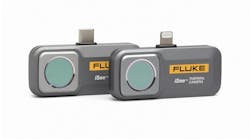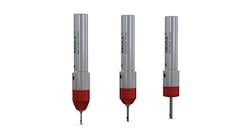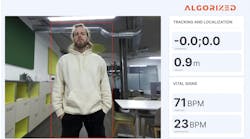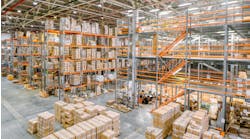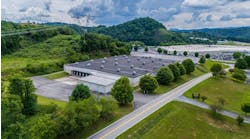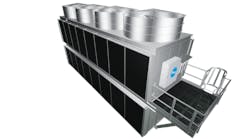When migrating variable frequency drives (VFDs), it’s important to think of the project as more than just a replacement or upgrade of a critical production asset. You should also consider how it can help you address or provide relief from your top challenges today.
For example, how can it help you mitigate the challenges of the skilled worker shortage? How can it help you meet ongoing demands to get more from your operations, even amid a worker shortage? And how can it help you address not only traditional risks in areas like safety and downtime but also modern risks like cyber-threats?
With the right planning and by using the latest smart-drive technology, your VFD migration can deliver short and long-term operational improvements, such as:
Reduced Demands on Staff
Engineers and technicians who have decades of experience with VFDs are leaving the workforce and taking with them precious knowledge like drive tuning expertise. This is making it more difficult to commission VFDs and keep them running at optimal performance.
Some smart drives use built-in adaptive-control technology to help ease VFD commissioning and optimization. The technology—previously only available in drives with active-front-end technology but now available in six-pulse drives—can monitor machine characteristics that can change over time and automatically compensate for changes.
This can significantly ease VFD commissioning and it can help staff maintain VFDs without having the specialized skill set of a tuning expert.
You can also reduce demands on staff by using a VFD that is a drop-in replacement for previous-generation models. These VFDs use the same dimensions, and even the same mounting hole and wiring locations, as the models they’re replacing while offering equal or better thermals. They also allow you to keep using the same I/O and option cards from previous-generation models.
Drives that offer advanced integration with your control architecture can further simplify work. Staff only need to learn and use one development environment to integrate and configure different devices in the control architecture. And that development environment can use features like defined and preloaded device profiles to reduce by hours or even days the time that engineers spend on activities like referencing device manuals, configuring drives in separate software tools, and manually populating tag names and types.
Operational Improvements
Smart VFDs can help improve your mean time to repair (MTTR) with built-in predictive maintenance algorithms.
Embedded sensors monitor the real-time operation and stresses of key components within the drives. This allows maintenance teams to track the health status of these components and their remaining life down to the hour. As the components near their end of life, technicians can schedule their replacement.
Plant-floor teams will appreciate the more planned and proactive maintenance approach. And management will no doubt welcome the improved uptime that comes with it.
Some VFDs are even designed with repairs in mind to further reduce maintenance-related downtime. They’re intentionally designed, for example, to allow repairable components to be replaced in 15 minutes or less. They do this by minimizing the number of components that need to be removed to access a repairable component, and by using features like thumbscrews to ease the repair process.
Today’s VFDs can also help enhance productivity in an area that’s often associated with lower productivity—safety. By using safety functions, you can help protect your people and equipment, while reducing unplanned downtime.
For example, a safe-torque-off function allows staff to remove rotational power to a motor without removing power from the drive. This can enable faster startups after a demand on the safety system. A safe-speed-monitor function can also give staff access to a safety zone while there is limited motion, so they can do maintenance or other work without stopping the machine.
3. Better Risk Management
Cybersecurity is a factor in every new technology deployed on the plant floor today. And smart VFDs that are CIP Security capable can help strengthen your cybersecurity by protecting against remote intruders.
CIP Security helps protect the communications of CIP security-enabled devices on EtherNet/IP networks. It uses three security properties—device authenticity, data integrity, and data confidentiality—to help prevent threat actors from connecting to devices as well as viewing or modifying data in device communications.
It’s also important to make sure VFDs are designed for the environments where they’re going to operate. If your application involves corrosive gases, for instance, your VFD may need added protection to maintain its performance and operating life.
Some VFDs are now available with enhanced corrosive-gas protection to offer greater defense than what traditional conformal coating can provide on its own. At a minimum, these VFDs should be tested and validated to industry standards. But there are also options on the market that have undergone additional testing that goes beyond existing industry standard requirements.
Common Controls
Another way that your VFD migration can improve your operations, especially if you have several production facilities, is through standardization.
VFD offerings have grown to the point where a single platform can support a wide range of applications, from traditional fans and pumps to more demanding and specialized applications. By standardizing on such a platform, you can streamline storerooms and have only one number to call for support. You can also create a better experience for staff because they only need to learn and use one platform.
It’s just one more example of how a planned and purposeful migration to smart VFDs can deliver meaningful, cost-saving benefits long after implementation.
